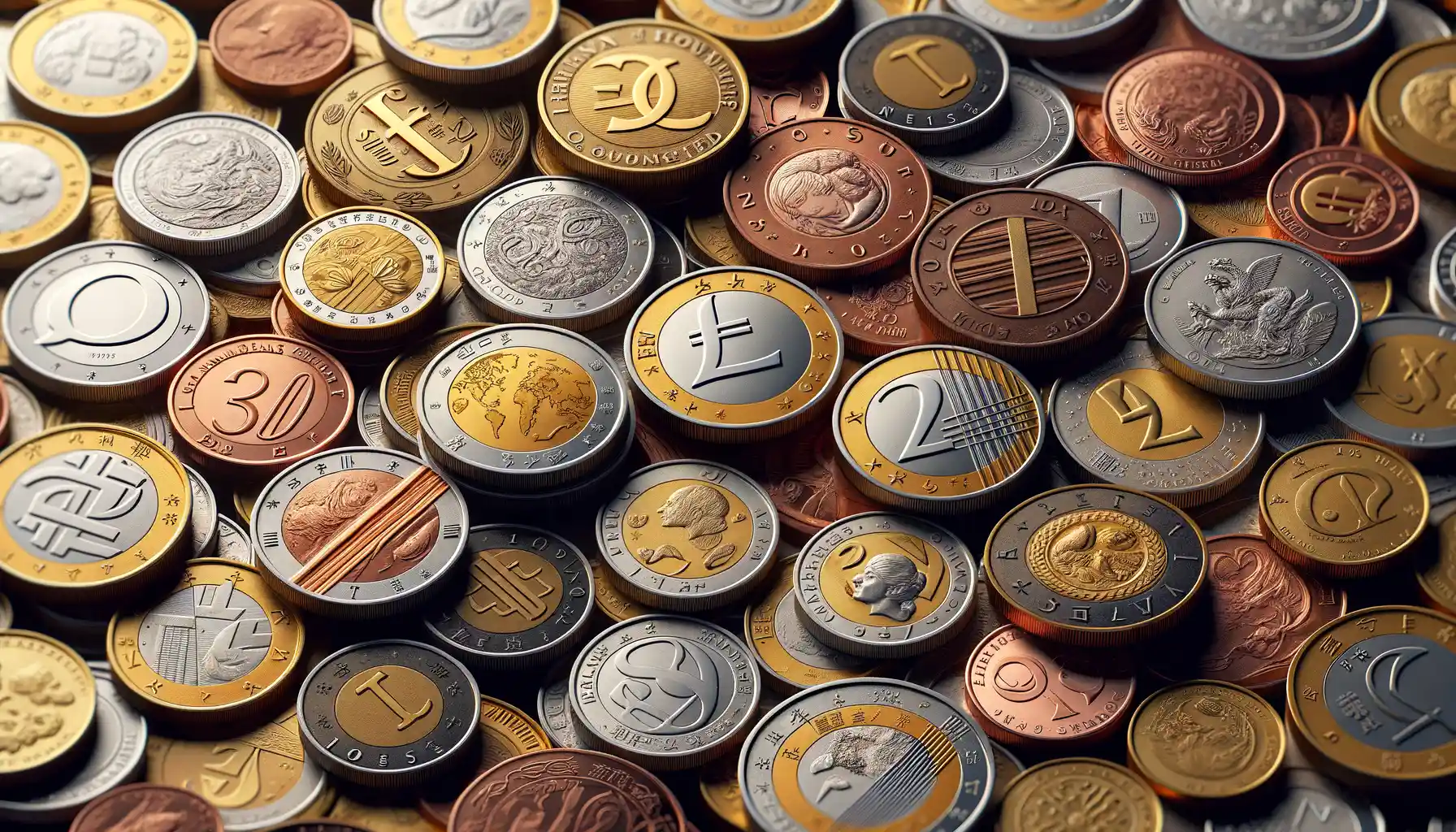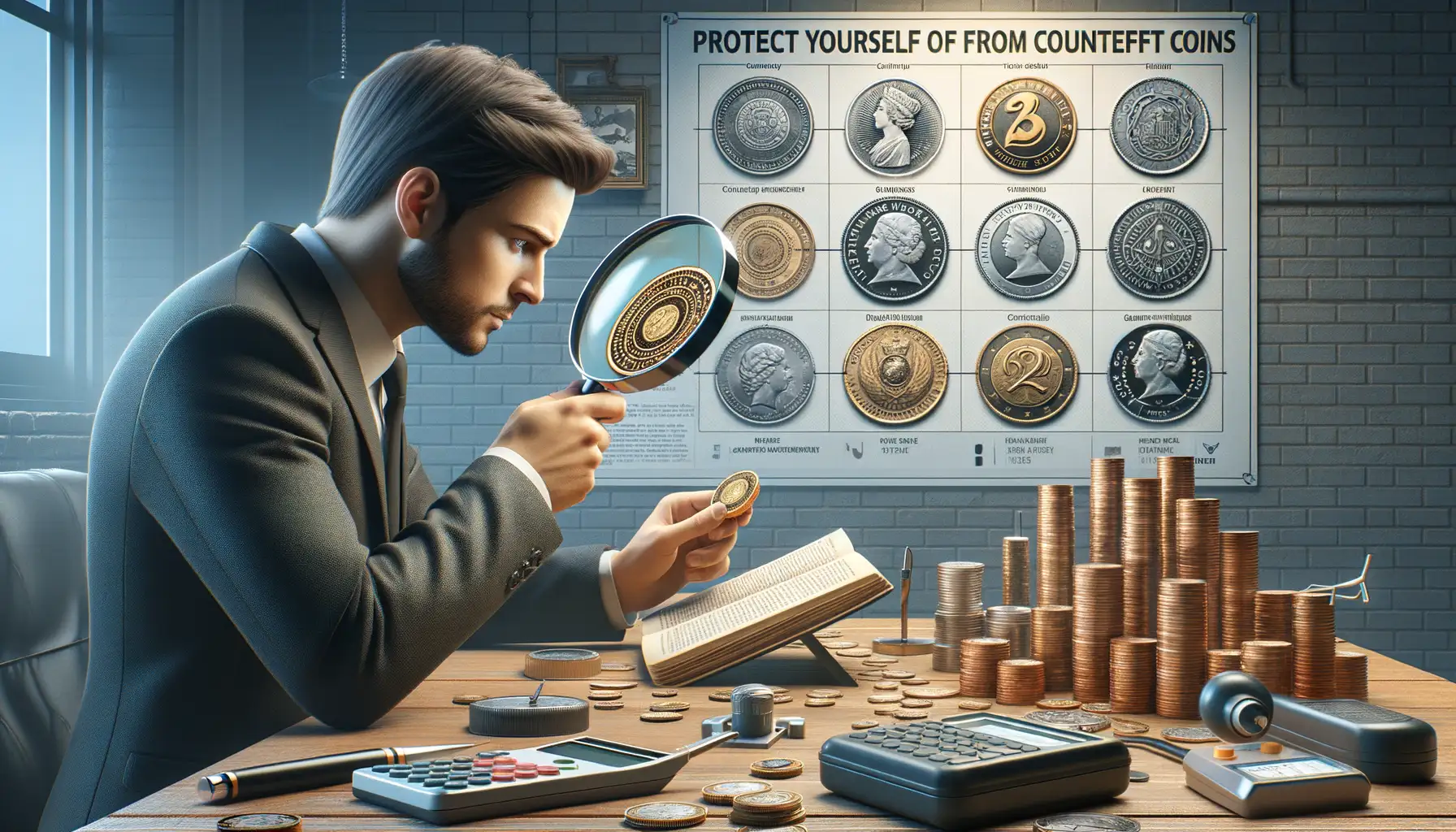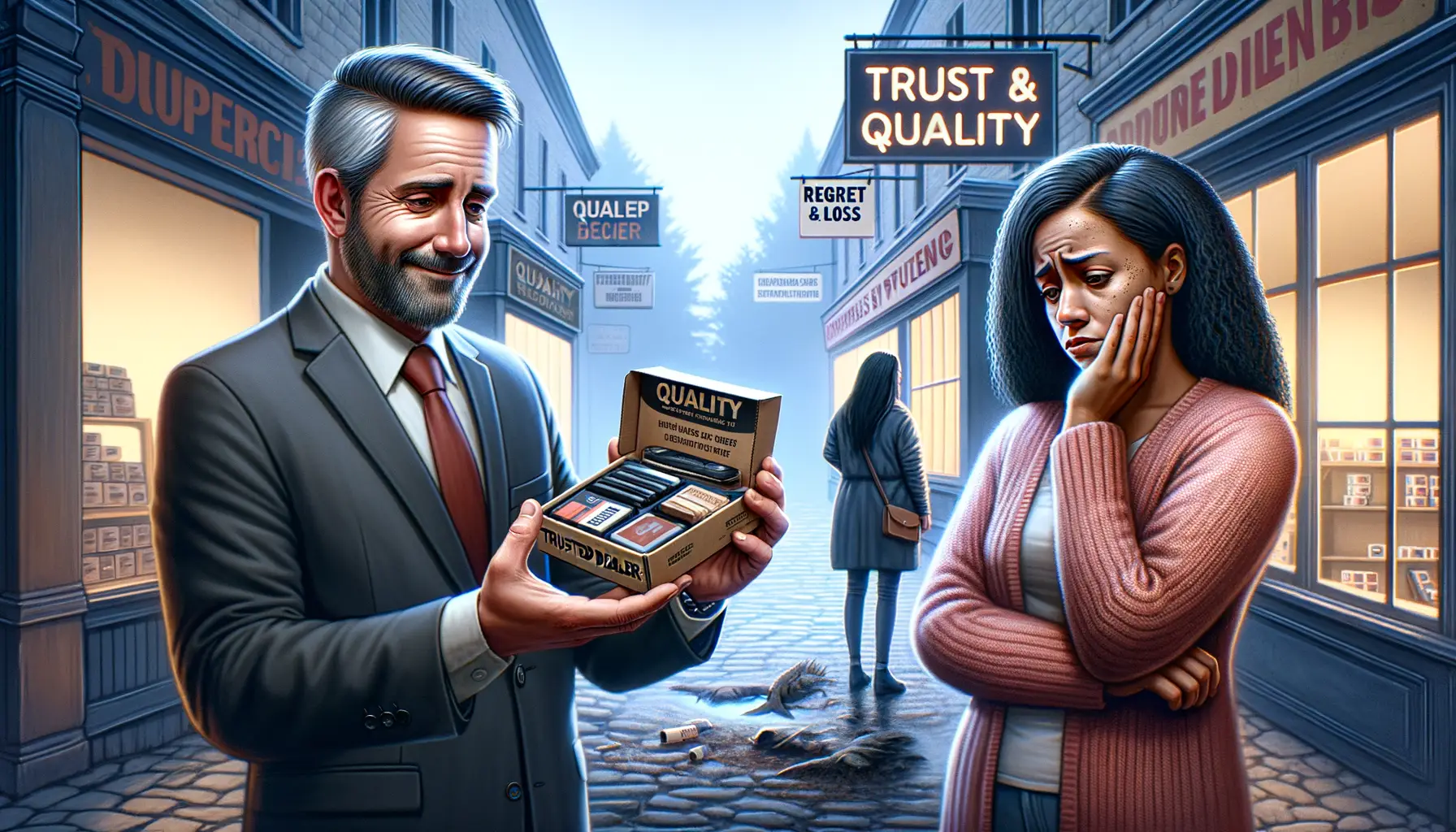Understanding Coin Counterfeiting
Ever held a coin and wondered about its story? Coins travel through centuries, carrying history and culture in their metal grooves. But here’s the twist: not every coin you see is the real deal. Counterfeiting—a shadowy art as old as coins themselves—has fooled collectors and traders alike, turning shiny treasures into sly deceptions.
The Craft Behind Counterfeit Coins
Creating fake coins isn’t just a crude attempt at forgery; it can be dangerously convincing. Counterfeiters use advanced technologies, from laser engraving to chemical aging, to mimic the look, weight, and feel of genuine coins. They might even fool an unsuspecting hand or a quick glance.
The techniques vary:
- Cloning classic designs: Misleading replicas of rare coins like Saint-Gaudens double eagles.
- Faking high-value materials: Substituting real gold or silver with plated metals.
- Artificial wear: Distressing coins to make them appear antique or circulated.
Why It Matters to Collectors
Imagine dropping your hard-earned money on what you thought was a shining piece of numismatic history, only to find it’s a hollow imitation. Knowing how counterfeiters operate is vital for avoiding buyer’s remorse—and protecting your collection’s integrity. After all, a coin’s value is in its truth, not just its glitter.
Commonly Counterfeited Coins Around the World

The Usual Suspects in Coin Counterfeiting
Counterfeit coins are like global imposters, cropping up in various corners of the world, fooling even seasoned collectors. Some counterfeiters target coins with historical gravitas; others aim for modern mint marvels. Let’s delve into a few notorious examples that scam artists love to replicate.
- American Silver Eagles: With their iconic beauty and silver heft, these coins are magnets for fakes. Often made of cheap aluminum or low-grade alloys, they may lack the signature brilliance or have fuzzy edges.
- Chinese Panda Coins: Beloved by collectors for their yearly-changing designs, these coins are often counterfeited with details muddier than a foggy morning.
- Gold Krugerrands: South Africa’s pride! But counterfeiters strike by replacing its gold core with tungsten, a metal eerily close in density.
Historical Treasures Turned Fake
They say history repeats itself, and counterfeit coins prove just that. Old-world beauties like the Roman Denarius or the Spanish Pieces of Eight attract forgers because of their hefty collector demand. A fake Roman coin might show wear and tear—yet skip authentic aging details, like patina in hidden crevices. Clever, but not clever enough.
Tips to Spot Fake Coins

Look Closely: The Devil’s in the Details
When it comes to spotting fake coins, your eyes are your greatest weapon. Counterfeit coins often give themselves away through subtle imperfections. Start by examining the coin’s design. Does it match the official mint’s specifications? A fake might have blurry lettering, uneven spacing, or incorrect font styles. Run your fingers over the surface—does it feel unusually smooth or unnaturally rough? Genuine coins have a certain tactile authenticity that’s hard to replicate.
Next, check for weight and size differences. Did you know most counterfeit coins weigh slightly less or more than their legitimate counterparts? If you’ve got a scale handy, compare your coin’s weight to publicly available specs for that denomination. Even a tiny discrepancy can raise a red flag.
- Inspect the edges – uneven reeding or flat areas might suggest foul play.
- Hold the coin under light—is its reflectivity suspiciously dull or too shiny?
- Look out for magnetic properties; genuine coins often aren’t magnetic unless specified by the mint.
Do all this, and you’re already ahead of scammers who hope you won’t look twice.
Tools and Tricks for Verification
If in doubt, let tech come to the rescue! Carry a simple magnifying glass or jeweler’s loupe when evaluating coins—trust me, it’s worth it. Under magnification, you’ll quickly pick up on flaws like inconsistent borders or fake patinas. A UV light can also expose counterfeit coatings, which may fluoresce unnaturally.
Lastly, remember the sound test: gently drop the coin onto a hard, non-scratch surface. Authentic silver coins, for instance, will produce a distinctive ringing sound—an imposter won’t hold a candle to that beautiful chime. And while these tricks are great in a pinch, know that nothing beats a professional appraisal if you’re still unsure.
How to Protect Yourself from Counterfeit Coins

Stay One Step Ahead of Counterfeiters
Protecting yourself from counterfeit coins isn’t just about using a magnifying glass and hoping for the best—it’s about being proactive and fully prepared. Think of it as building a shield against deception. Here’s how you can arm yourself:
- Educate Yourself: Familiarize yourself with the key details of coins you collect or trade. For instance, does your coin have that distinct ridge along the edge or a precise weight? Genuine coins are like snowflakes in their unique precision; counterfeits often miss the finer details.
- Invest in Tools: A jeweler’s loupe, a scale, or even a UV light can be game-changing. Many fake coins lack the intricate engravings or exact weight of the real deal, and these tools can help you uncover the truth.
- Keep Records: Every genuine coin has a story; so should yours. Store receipts, certificates of authenticity, and detailed notes about each purchase.
Only Trust Coin Sources That Feel Rock Solid
Ever walked into a market and felt something was… off? The same applies to coin buying. If a dealer seems shady—not answering questions or rushing the sale—trust your gut and walk away. Opt for sources with established reputations and transparent policies. Reliable dealers will happily offer provenance on a coin, backing it up with certifications like those from the Professional Coin Grading Service (PCGS) or Numismatic Guaranty Company (NGC). Think of these certifications as the DNA test for coins—evidence you can trust. Stay alert, smart, and you’ll outwit counterfeiters every time!
Importance of Buying from Trusted Dealers

Why Trust Matters More Than Ever
Imagine holding a shiny, historical coin in your hand, believing it’s authentic, only to discover later it’s a cheap knockoff. Heartbreaking, right? This is why choosing a trusted dealer isn’t just important—it’s essential. A respected dealer does more than sell you coins; they provide peace of mind, ensuring your hard-earned money is spent on genuine treasures, not counterfeits.
When you buy from reliable sources, you’re not navigating a minefield of uncertainty alone. Instead, you’re tapping into years—sometimes decades—of expertise. Trusted dealers have the know-how to authenticate coins, spot even the sneakiest forgeries, and offer certifications that back their claims.
Counterfeiters prey on enthusiasm and inexperience. That rare 1889 Morgan dollar deal might look enticing online, but without a trusted intermediary, you’re gambling. Smart collectors invest in relationships with good dealers, not just coins. Don’t let a bad buy tarnish your passion forever!